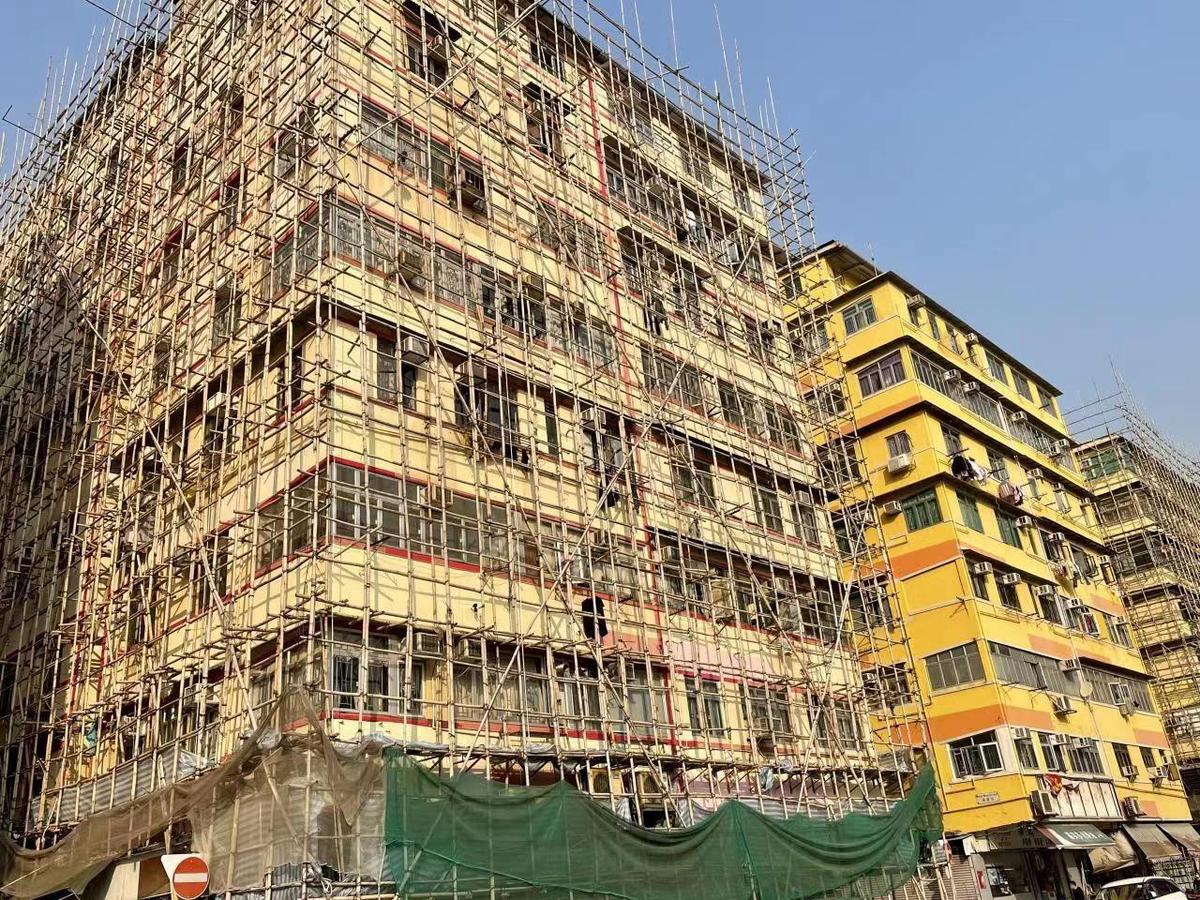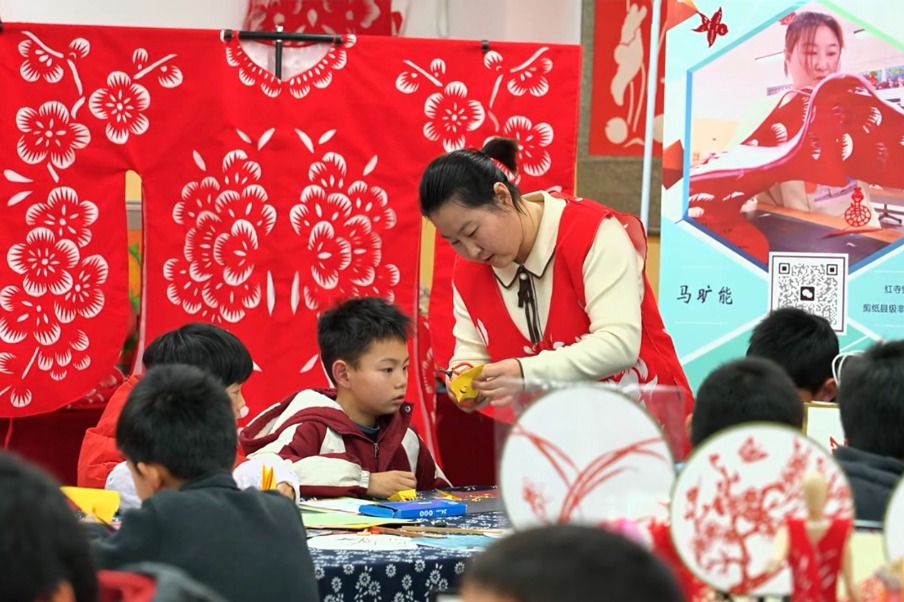A door to the future


A 2021 report by Oxfam Hong Kong showed that almost 80 percent of local residents interviewed said they had lived in subdivided flats for more than five years, while 35 percent had lived in these apartments for eight years or more, and paid an average of HK$4,700 a month in rent. The average rent per square foot for subdivided flats was close to HK$40 — about HK$4.5 more than the average rent per square foot for private housing in the city.
Chow, a renowned sociologist, recalls that intergenerational poverty in Hong Kong dates back several generations. The problem worsened in the 1970s when more families fell into the poverty cycle, prompting the British administration of that period to encourage people to have only two children. Chow's book The Real Picture of Poverty in Hong Kong — Hong Kong Society in the Last 60 Years gives a detailed account of the city's intergenerational poverty. The issue was aggravated by the huge influx of mainland immigrants in the 1970s in search of low-paying jobs.
"I came across a grassroots family with up to six children who all ended up taking up low-paying jobs like their parents, who couldn't afford to send them to school," he recalls.
Chow, who was born in 1947 and is a new immigrant himself, managed to rise above his grassroots stratum and changed his life through education. His success story made him a firm believer in the idea that education is key to breaking the poverty cycle.
However, many others were not as lucky as Chow back in the 1970s and '80s. As children of new immigrants, they were unable to receive good education as Hong Kong did not have a compulsory nine-year education system until 1978. This denied many of them access to higher education before 1980.
"In Hong Kong, children with poor English-language levels find it hard to attend good schools and get good jobs. Those around them are also poorly educated, creating a vicious cycle," says Chow. Without a decent income, their offspring are in the same boat, unable to break their preordained destiny.
Joint efforts needed
Sze Lai-shan, deputy director of the Society for Community Organization, believes the Strive and Rise program addresses only a part of intergenerational poverty, and much more needs to be done by all sectors of society.
She criticized the local education model, saying it merely advocates "liberal arts education", which focuses on raising versatile children. But it takes time, money and extracurricular activities to develop children's abilities in culture and arts. This makes it harder for underprivileged students to stand out from their peers, Sze says.
"Education and career plans under the Strive and Rise program need to be more precise for students living in subdivided flats. Attention should be paid to whether they can keep up with schools' requirements, and whether three meals a day are adequate for maintaining their physical health," she says.
Yu said she believes it's not enough to focus just on the children to help families like Guan's escape poverty. In her view, the government should do more to help single parents rejoin the job market. Many single parents have to rely on the CSSA as they are unable to take care of their children and work at the same time.
Government support for single-parent families is also inadequate, says Yu. For instance, single-parent families receiving a monthly subsidy under the CSSA have their financial aid canceled when their children grow up and go to work. Until the parents manage to return to the workforce, the family is left with no source of income.
Yu suggests mobilizing the strengths of non-governmental organizations to help these single parents achieve self-sufficiency and maintain social connections in their workplace.
For example, NGOs can help single-parent families achieve their aims within two or three years by identifying what they need most, solving their difficulties and improving their quality of life, says Yu.
In Chow's view, comprehensive planning on job opportunities, the living environment and supporting facilities, such as hospitals, schools and public amenities, could draw grassroots families to the new urban areas and start a better life.
- Former senior official of Ningxia sentenced to death
- Development program narrows urban-rural gap in Guangdong
- Wuxi Winter Bazaar creates cross-cultural gathering
- Expressway service area featuring a natural hot spring to open soon in Guangdong
- Former Ningxia political advisor sentenced to death for bribery
- Former senior official of Jiangxi expelled from CPC





































